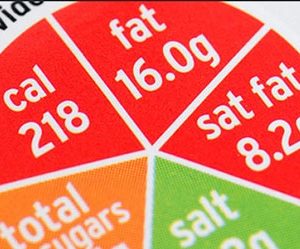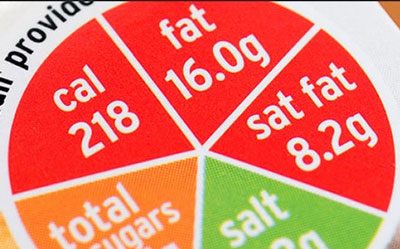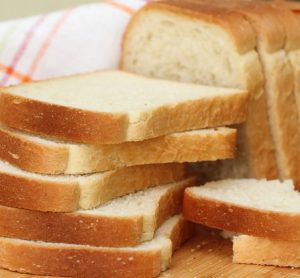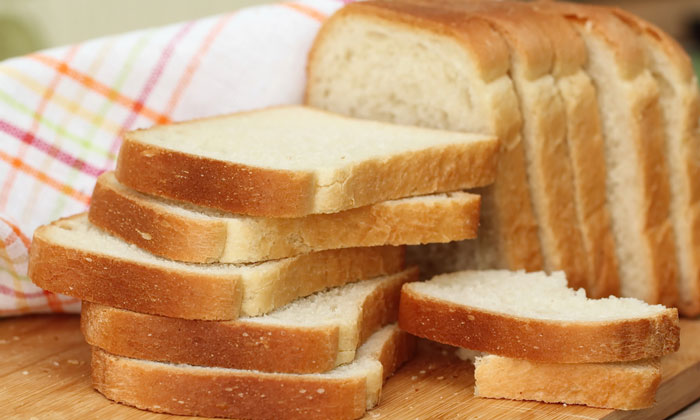NSF Registration
22 February 2010 | By Sarah Krol, General Manager, Nonfood Compounds Registration Program, NSF International
The use of food-grade lubricants has revolutionised the food manufacturing process, making it possible to increase productivity, improve food safety and protect metal surfaces from corrosion and wear. They withstand extreme temperatures and can be designed for specialised applications. So what does the future hold for these Titans of the…








